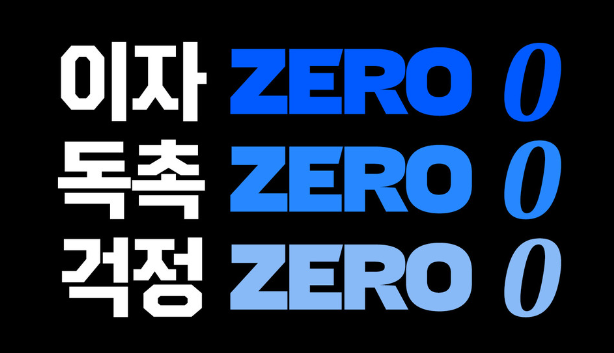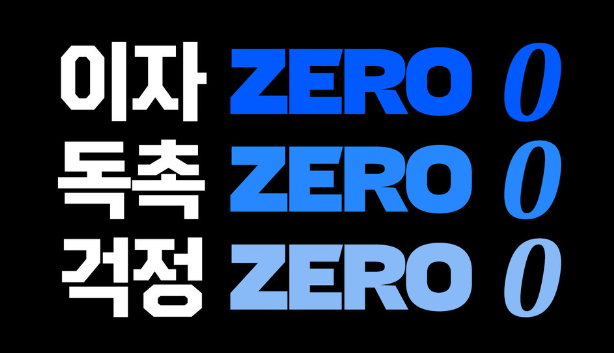In recent years, financial difficulties have become a common issue for many individuals. As a result, concepts such as 개인회생기간 have gained significant attention. Understanding the personal rehabilitation process and the duration involved can empower those in financial distress. This article will delve into the critical aspects of 개인회생기간, offering insights into what it is, the general duration, and what individuals can expect.
Contents
What is 개인회생?
Before diving into the concept of 개인회생기간, it is essential to understand what 개인회생 entails. 개인회생, or personal rehabilitation, is a legal procedure designed to assist individuals who are facing severe financial challenges. This process allows individuals to restructure their debts and repay them over a set period while protecting them from creditors.
The primary goal of 개인회생 is to provide a fresh start. Individuals can maintain their essential assets while adhering to a manageable repayment plan. The process is often viewed as a lifeline for those overwhelmed with debt, as it can prevent garnishments, foreclosures, and other aggressive collection tactics.

The Duration of 개인회생기간
One of the most frequently asked questions surrounding 개인회생 is about its duration. The personal rehabilitation period, or 개인회생기간, typically lasts between three to five years. This timeframe can vary based on several factors, including the total amount of debt and the individual’s ability to make repayments.
- Three-Year Option: For some individuals, if they can demonstrate sufficient income to support a repayment plan, they may be eligible for a three-year 개인회생기간. This expedited option is attractive for those who wish to resolve their financial issues quickly.
- Five-Year Option: On the other hand, if an individual has significant debt and limited income, the repayment period may extend to five years. This option allows for smaller, more manageable monthly payments over a longer duration, making it feasible for individuals to regain their financial footing.
The specific duration will be established during the court proceedings for the 개인회생 program, where a judge will evaluate the individual’s financial situation and determine the most suitable repayment plan.
Factors Influencing 개인회생기간
Several factors influence the length of the 개인회생기간, including:
- Total Debt Amount: The larger the debt, the more likely the repayment period will be extended.
- Income Stability: Individuals with stable, high incomes might qualify for a shorter repayment period, as they can afford larger monthly payments.
- Court Decisions: Ultimately, the presiding judge holds considerable discretion in determining the repayment term based on the individual’s circumstances.
Benefits of a Structured 개인회생기간
Engaging in the 개인회생 process offers numerous benefits, particularly when it comes to the structured repayment terms. Some advantages include:
- Debt Relief: One of the most significant benefits of 개인회생 is the potential for debt relief. By adhering to the repayment plan, individuals can significantly reduce their total debt load.
- Protection from Creditors: During the entirety of the 개인회생기간, individuals are generally protected from creditor actions, such as garnishments or foreclosure.
- Improved Financial Management: The structured payment plan encourages individuals to manage their finances more effectively, promoting habits that can lead to long-term financial health.



